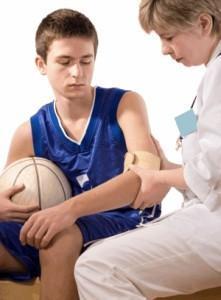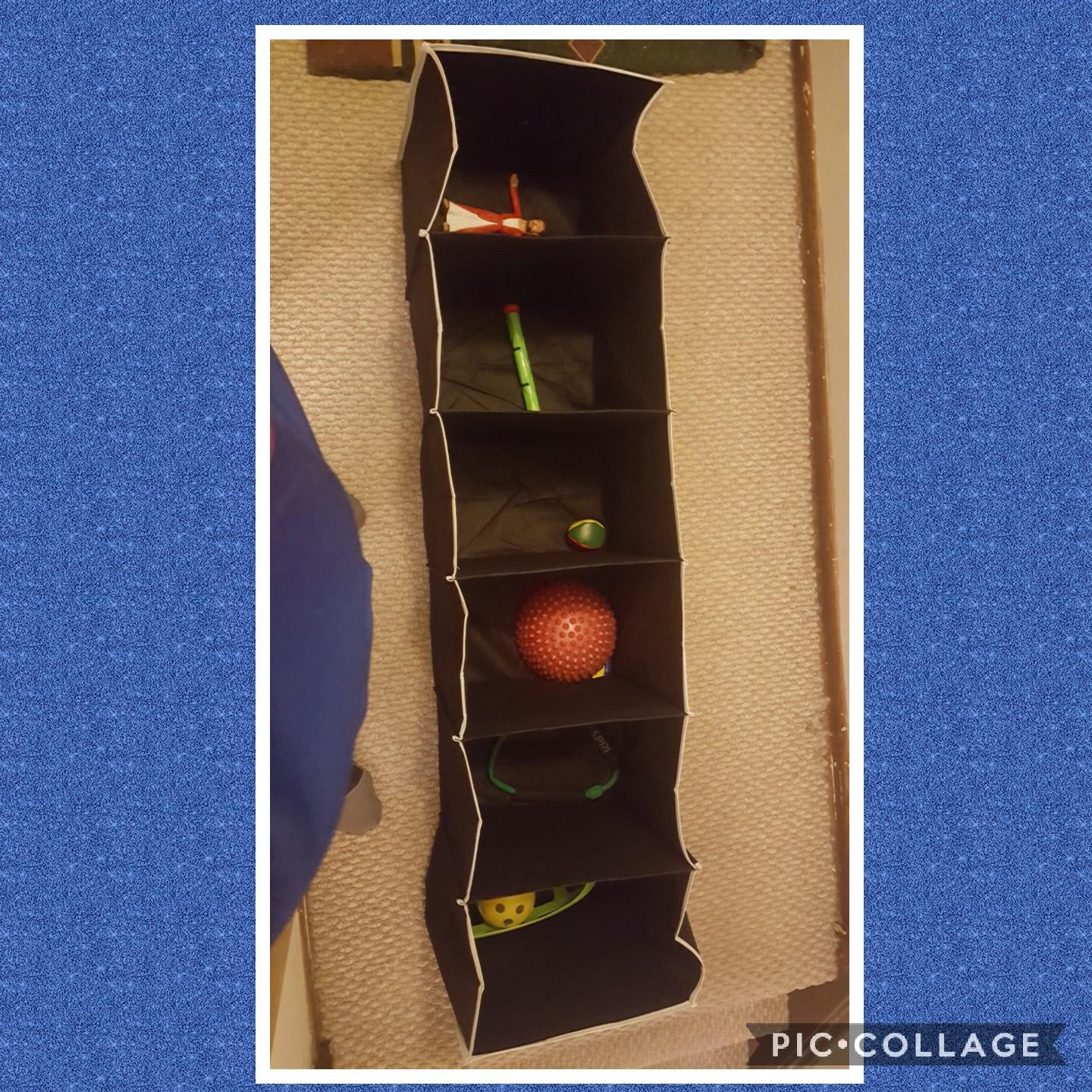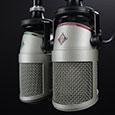Bulgarian Bag
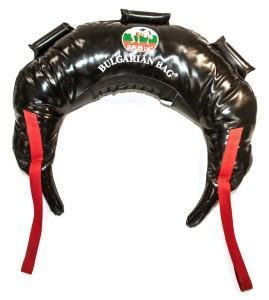
The Bulgarian Bag (BB) is a functional movement tool invented by Ivan Ivanoff — a highly accomplished international Greco‐Roman Wrestler and coach. Although he developed the tool for wrestling it can be used by an extremely wide range of users and is probably the most versatile functional training device available. Because of the bag’s unique shape and composition, it allows loaded movement in all three planes of movement. The BB facilitates functional overload in rotational movement patterns not possible with any other training modality, along with allowing a total body conditioning workout that addresses strength, power, anaerobic endurance, cardiovascular fitness, and high levels of caloric expenditure for weight management.
Functional Core Conditioning
Because the design of the bag facilitates functional rotational movement, as well as linear movements in the sagittal and frontal planes, it provides tremendous benefits for core strength and stability.












 To be honest, you really won’t know what you want to do until you do what you hate to do! This is where you need to ask for help! In order to
To be honest, you really won’t know what you want to do until you do what you hate to do! This is where you need to ask for help! In order to 





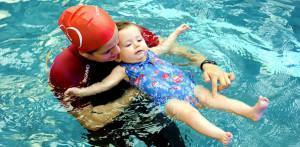 Propriception can be developed in the pool. Putting an infant partially in the water will stimulate movement and improve perception. Infants have natural swimming abilities until they are about a quarter of a year old. Reinforcing this skill early will ensure that the reflex will not disappear and fear of the water later will diminish.
Propriception can be developed in the pool. Putting an infant partially in the water will stimulate movement and improve perception. Infants have natural swimming abilities until they are about a quarter of a year old. Reinforcing this skill early will ensure that the reflex will not disappear and fear of the water later will diminish.
